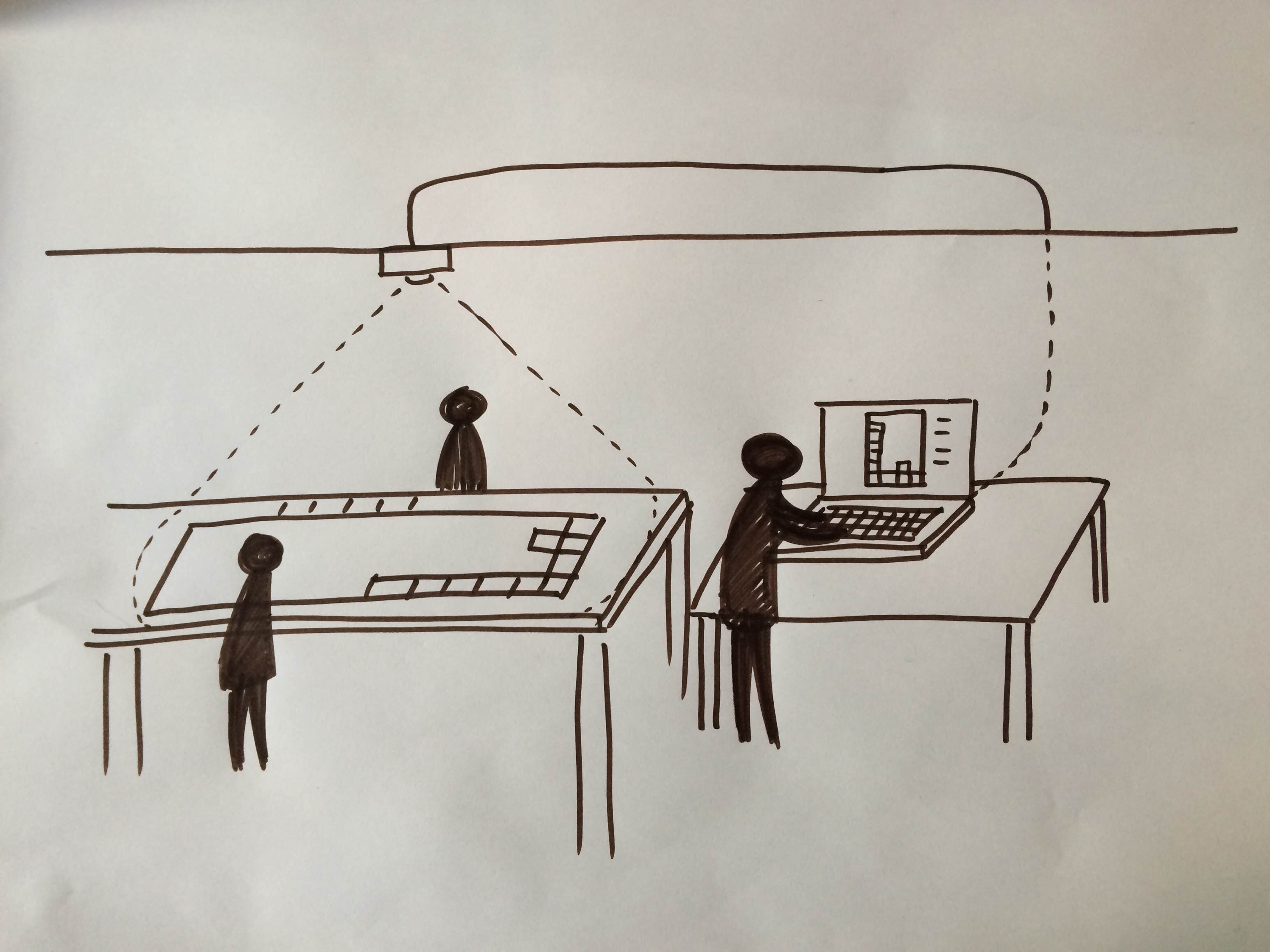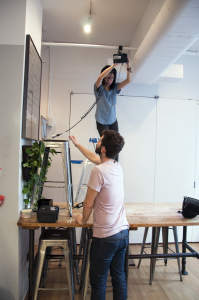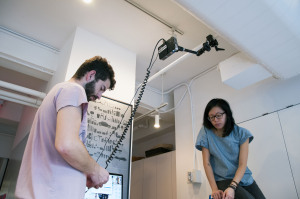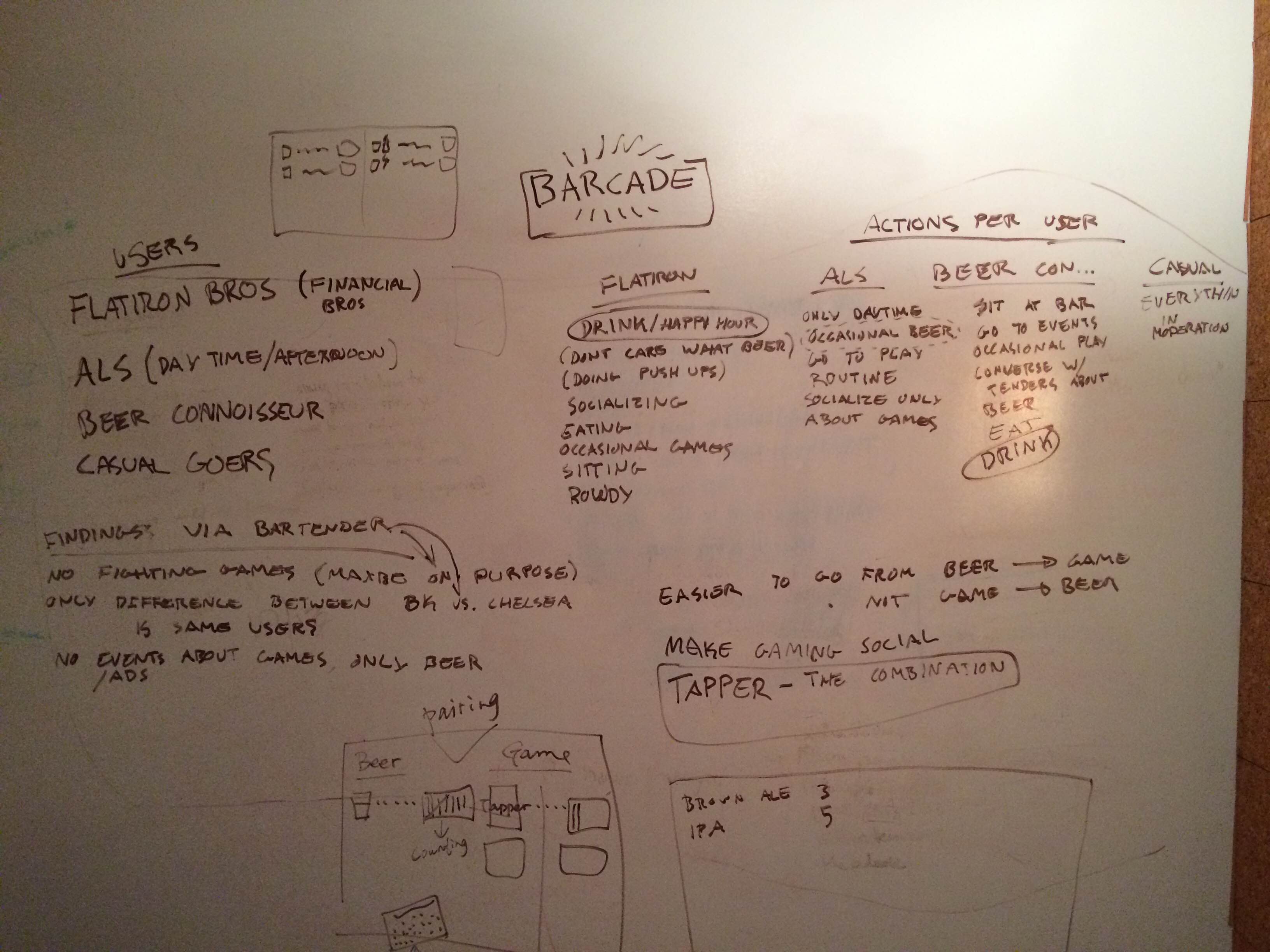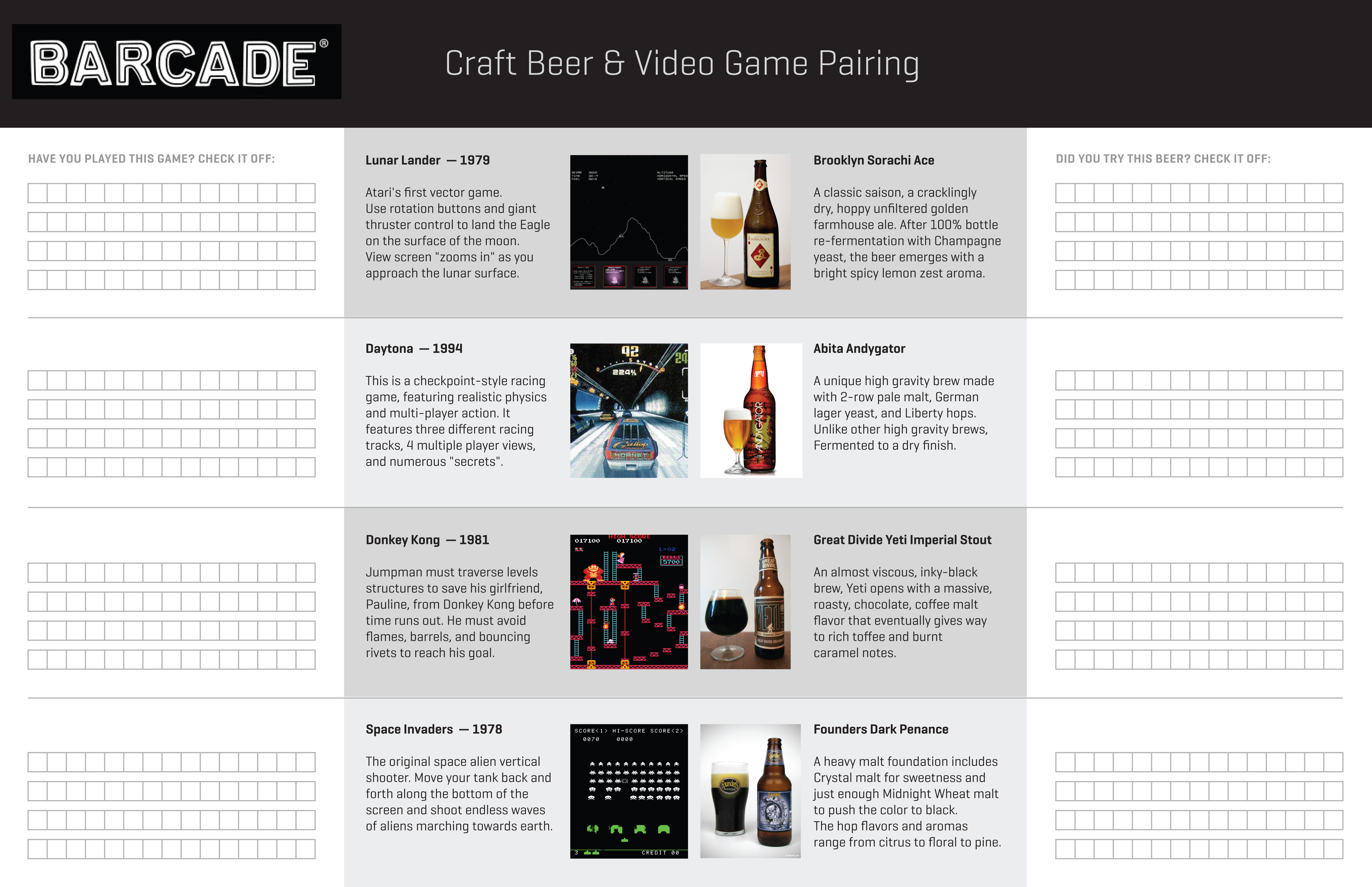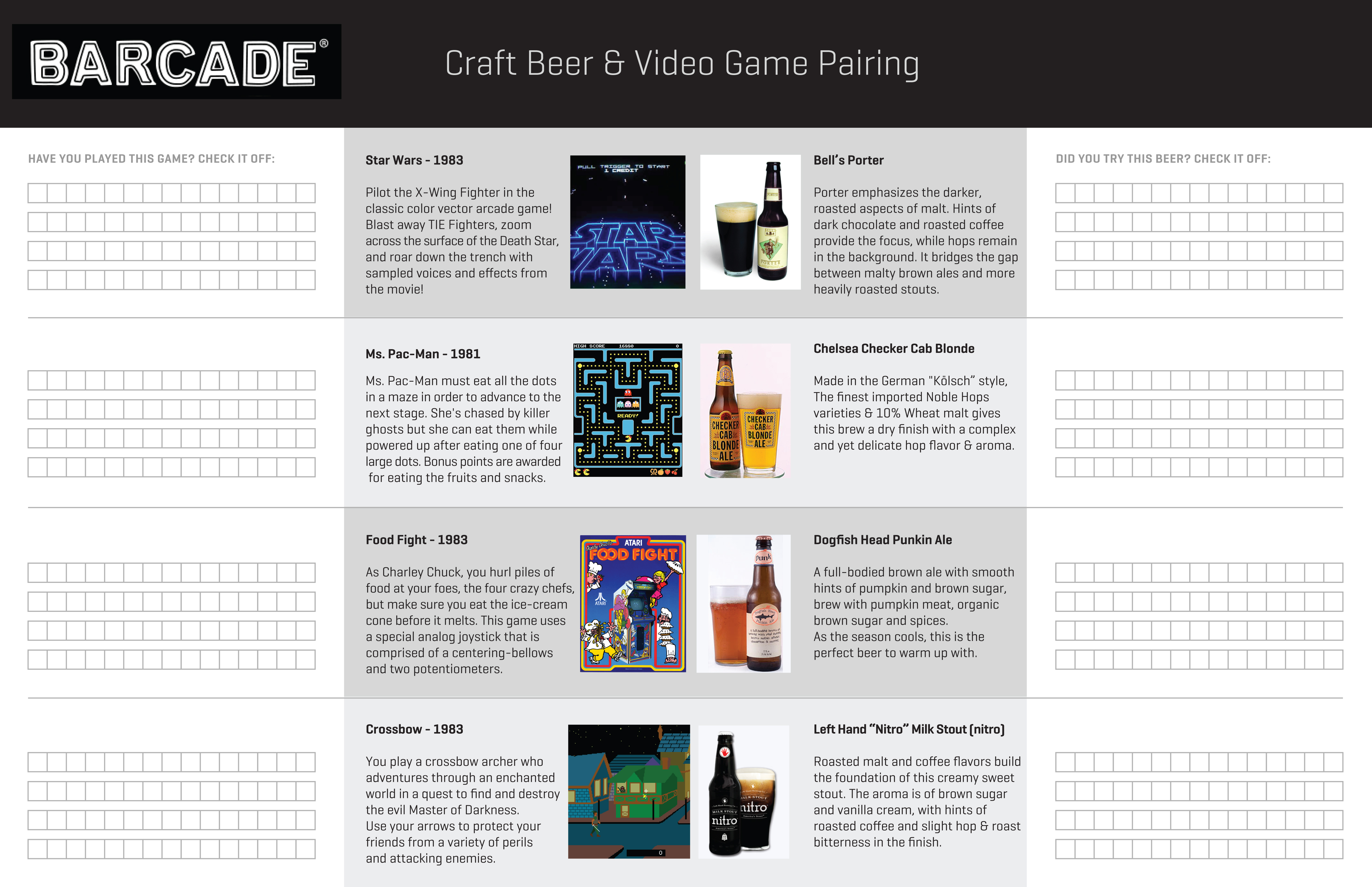Our 4th prototype, watch the video here.
Author Archives: Amy Wu
Team Tapper: Barcade in the city of Perinthia (Invisible Cities)
In the final planning stages of the city of Perinthia, in the center point of the city, the stars and the moon are projected onto the roads to bring the people together at the town square.
The astronomers’ hopes are to provide a home all cultures and nationalities.
At this big open space, there are long tables for people to congregate and socialize. A map of the city of stars is projected onto the tabletops for the people to talk over and about.
They embrace their various different backgrounds and gain interests in each other. Rich stories are overheard every night.
When they part ways, each leave behind a token of their culture and once in their respected homes they are able to share their memories which is displayed on the surrounding square for all to see.
Filed under Final Project – Invisible Cities
Team Tapper—Week 5
Our prototype is projection on the bar countertop.
So tomorrow morning we will project on the kitchen table in the studio. We are going to project someone playing Tetris (their game screen), as well as the arcade game Asteroids. We made signs of each game logo to entice people to come over and watch.
We tried to prototype our project today, but sadly the projector wasn’t working, we will try again another day this week.
Filed under Final project – week 5
Team Tapper—Week 4
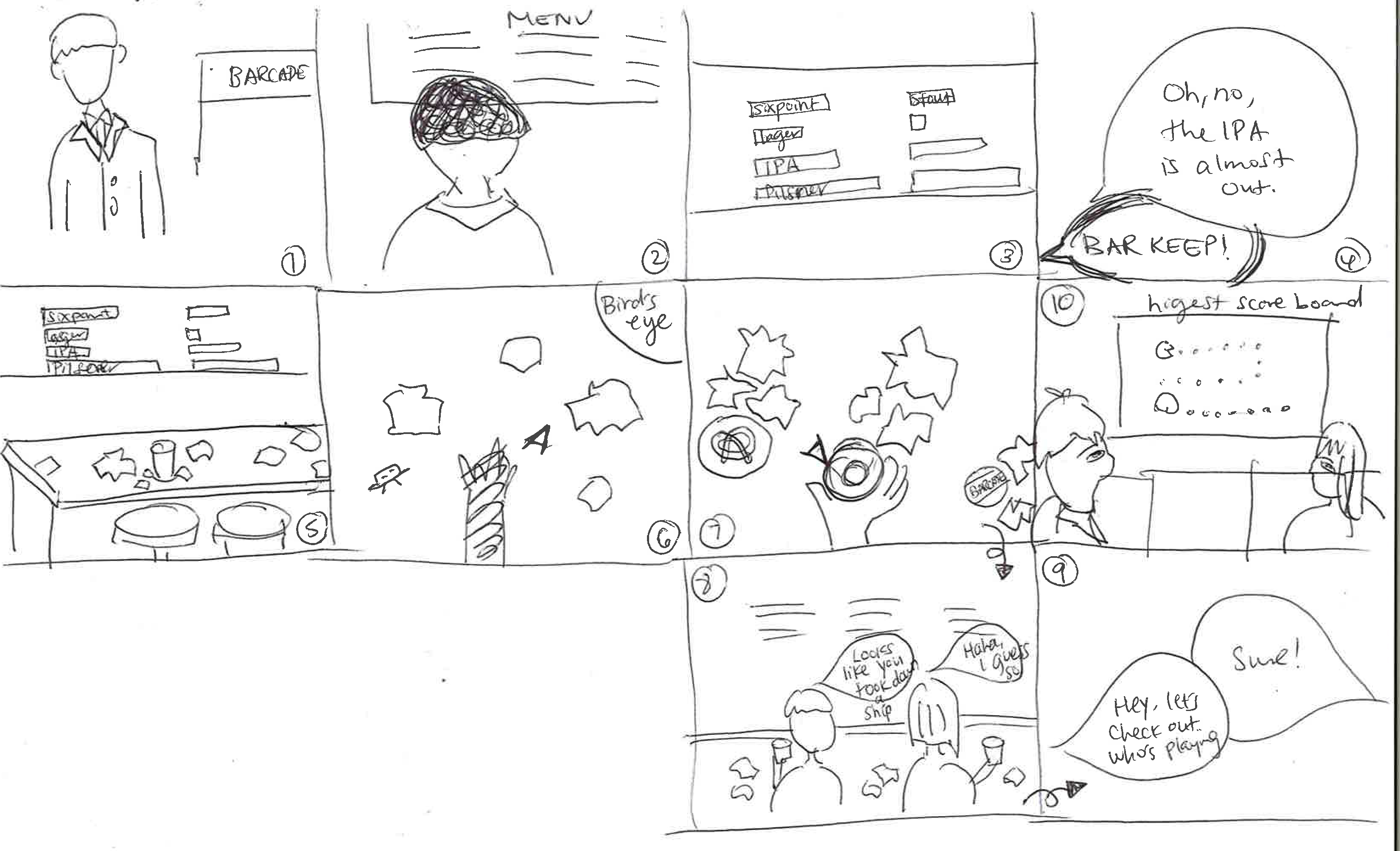
1. John heads to BARCADE after a tiring day of work.
2. He looks up at the interactive bar menu and knows at a glance what other people have been ordering—what’s popular.
3. He sees that the IPA is about to kick.
4. He decides to order an IPA from the bar keep.
5/6. John sees that the bar countertop looks like the arcade game Asteroids.
7. When he puts his beer glass down, his cup destroys one asteroid into many flying pieces.
8. He mentions to the girl next to him that her beer glass took down a rocket ship. They start to chat.
9. John asks her if she wants to check out who is playing on the high score board.
10. They head over together and watch as someone is playing PACMAN on the projection board/wall.
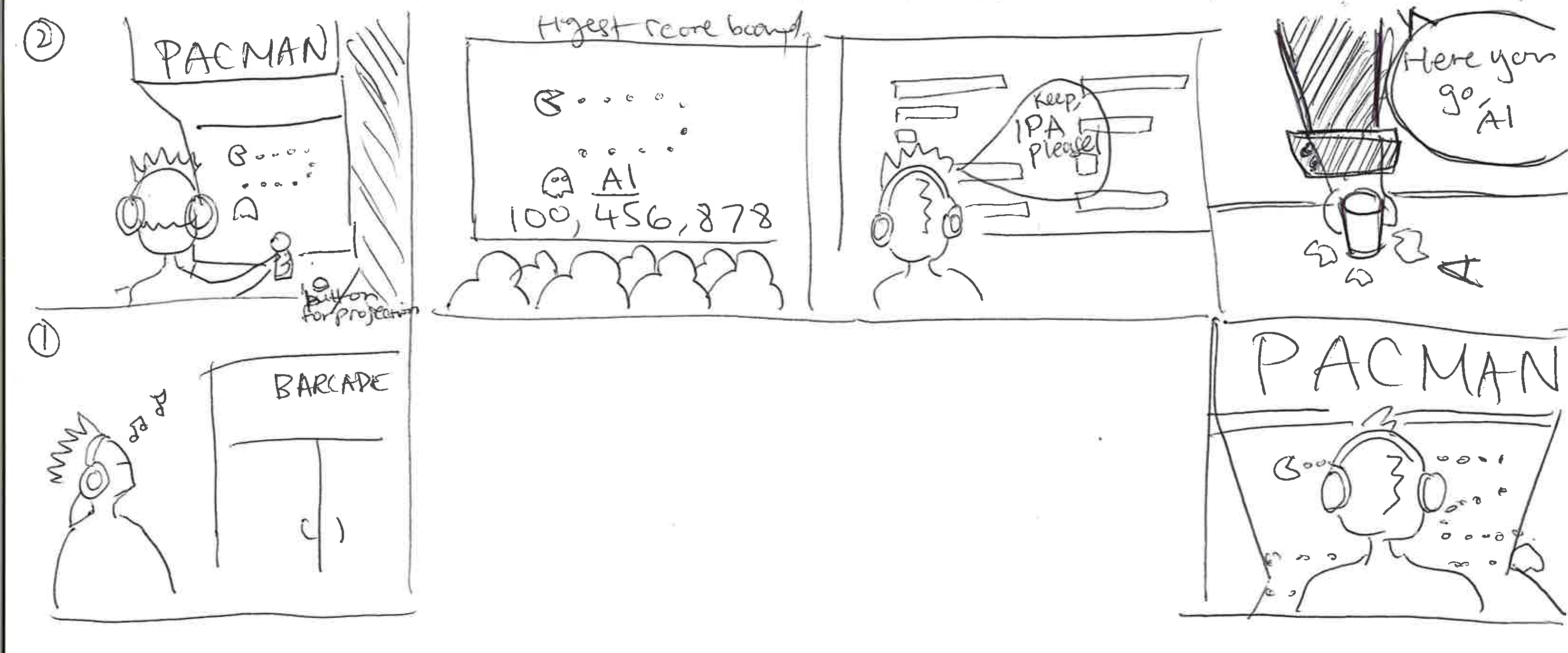
1. Al stops by BARCADE during his lunch break. He has an hour to kill and he wants to spend it there playing a few games of PACMAN.
2. He heads straight for the arcade game.
3. As he is about to surpass the highest score, he pushes a button that projects his game onto the highest score board/wall. Everyone starts to crowd around the wall to watch.
4. After that round, he decides to take a break and order a beer. He decides on an IPA. The IPA disppears on the interactive bar menu as the keg just kicked.
5. As the bar keep places Al’s IPA on the bar countertop, the glass just misses an asteroid.
6. Al heads straight back to PACMAN for another go with his IPA in tow.
Filed under Final project – week 4
Team Tapper—Final Project—Week 3
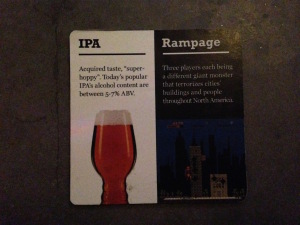
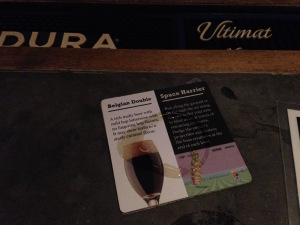
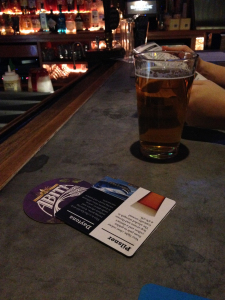
Series of Goals:
- Find out what draws people to play games
- Connect the two worlds of game playing and beer drinking
- Learn where the games are—wayfinding—awareness of what games are at each location
- Make the bar more interactive
Take away from the test 2:
- Bartender gives the coaster first before they serve the beer, so it is hard to match the beer and game through bartender
- Content on our coaster is too long to read
- Suggestion from the bartender: make it short and interesting to attract people
- Suggestion from the bartender: the layout matters, we should try other locations as well, such as St.Marks and Williamsburg
- Bartender says people play games because there is a connection to their childhood
- The location and the layout matter, for example, NYU students go to the one in St. Marks often as a group, they enjoy playing game as a group, and some barcade locations are adding more group playing games, fighting games
- Highlight that ALL of the games are 25 cents
- Coaster need to have a nice design and brighter color to be noticed
New ideas:
- Die-cut a quarter holder in all the coasters, so when someone orders a beer they have an incentive to test out an arcade game. We would have instructions on the coaster for a particular game and where it is located in the bar.
- Breeding competition with groups of friends
Filed under Final project – week 3
Team Tapper — First Prototype
Team members: Effy, Sunnie, Luke, and Amy / 3rd Place: Barcade
[Click to enlarge photos]
From mapping out our Barcade users, we noticed that a lot of the “craft beer connoisseurs” tend to stay by the bar area and very rarely venture out to the video games side, given an exception or two and so we wanted to quickly test if we could get a beer goer to become a gamer, by pairing a selection of their daily beers with a video game, just like how restaurants pair wine and food. We paired how a video game is played and the taste of the beer, for example a slow-paced “thinking” video game would go nicely with a heavy beer like Guinness, which is meant to be enjoyed in sips versus the Daytona video game would go with a lighter beer that is easier to down.
Filed under Final project – first prototype, Projects
The air quality of NYC Subway workers
Supposedly, the air quality in subway stations are safe for commuters, but what about the long-time experienced, 8-hour NYC subway workers?
A study found that subway air had levels of air-borne metals 100 times higher than above ground. It was lowest in subway cars, where dust gets trapped by air-conditioning filters, and highest in stations, where trains brake as they reach the platform. However, the possible health effects of prolonged exposure by workers who have close daily contact with subway rails, wheels and equipment have not been explored.
“There’s almost nothing published about subway safety,” said Dr. Gershon, an associate professor at the Joseph A. Mailman School of Public Health at Columbia. “It’s like a missing target.
“I’m not aware of any occupational studies done in this group of workers, which have been carried out over the time period needed to confirm [health effects],” Dr. Frank Kelly, an environmental health professor says.
A $1 million proposal in 2010, to look at medical insurance claims being made by workers of the MTA, according to their job titles and experience to look for patterns in their illnesses was denied by the MTA. Stating they were worried about worker confidentiality with the release of these medical claims data.
Researcher Steven Chillrud did a small study (limited in scope) with only 40 subway workers who were asked to carry a portable, battery-powered pumps in an under-the-arm harness to sample the air, previously a big air-pump backpack were used in air quality studies like this one. Stationary filters and particle counters also were placed at various locations in the subway system. The workers also were asked to answer questions about their health and work activities. He did not test on women subway workers or for long-term effects of low exposure to these metals.
Enter the Kanari.
Kanari was a collaborative effort between my fellow classmate Nga and I. We made the wearable air quality device in Fundamentals of Physical Computing. Kanari is a light-weight device that alerts its user of the level of air pollution (cigarette smoke, exhaust fumes, etc.) being emitted in the environment around them. With three ranges, in “normal” air quality condition the color lights blue, at mid-range pollutants in the air the device lights red, and at high air pollution levels the device lights red and the alarm beeps to alert the user.
By putting the Kanari project into the NYC subway system, it is like a full circle, from a real “canary in a coal mine” to a more modern version for subway workers. My presentation can be found here.

Coal mine worker to NYC subway worker

Coal mine to underground NYC subway system
Filed under Quick Indie Project

